
Unit 1-Bloodborne Pathogens Introduction
Introduction
After completion of this module, the learner will be able to:

With the potential to be exposed to hepatitis B as a health care worker, it is imperative to protect yourself and others from the spread of this communicable pathogen. Hepatitis B is not the only communicable disease that health care professionals need to safeguard against.
In the following modules, you will review the many pathogens in the healthcare setting and the proper means of preventing their spread to not only those in our care, but fellow peers, and family members. You will also learn what is expected of employers and employees identified to have occupational exposure to blood borne pathogens. You will also learn the Exposure Plan for Fayetteville Technical Community College in the event an incident occurs.
You will need to complete all modules to receive credit for completion of the annual training in Bloodborne Pathogens.
If you have any questions at any time regarding the information presented in this tutorial, please contact David Sullivan at 910-916-0688.

Pathogen is defined as a bacterium, virus, or other microorganism that can cause disease.
Virus is defined as a pathogen which can grow and reproduce only after infecting a host cell. More than 400 types of viruses that cause a great variety of illnesses are known. All of them can attach to cell membranes, enter the cytoplasm, take over cellular functions, reproduce their parts, and assemble themselves into mature forms capable of infecting other cells.
Some of the most common are responsible for the common cold, chickenpox, other latent infections such as herpes simplex,and some such as Epstein-Barr virus can cause some cancers.
Bloodborne Pathogen is defined as any pathogenic microorganisms that are present in human blood and can cause disease in humans. These pathogens include, but are not limited to, hepatitis B virus (HBV) and human immunodeficiency virus (HIV).
If you have any questions at any time regarding the information presented in this tutorial, please contact David Sullivan at 910-916-0688.
(Taber's Cyclopedic Medical Dictionary (21st ed.).(2009). Philadelphia, PA:F.A. Davis Company.)
(Webster's Online Dictionary)
(Occupational Safety and Health Administration. Bloodborne Pathogens 29 CFR 1910.1030)
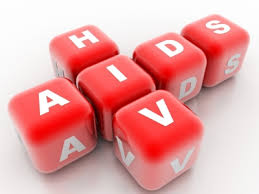
Human immunodeficiency virus (HIV) is a retrovirus that infects the body. The immune system is compromised and allows for other infectious agents to infect the body leading to disease. Acquired Immunodeficiency Syndrome (AIDS) can be a result of HIV. It is transmitted via blood or sexually. Several years may pass before HIV results in the AIDS disease, and it is unknown if HIV always leads to AIDS.
HIV can be found in various body fluids such as vaginal and semen, and primarily in blood. Thus, it can be spread via sexual contact, needle sharing, and through contaminated blood or blood products. HIV can also be spread to a fetus from the infected pregnant mother. It cannot be spread through casual contact, touching or shaking hands, consuming food prepared by an HIV infected individual, drinking fountains, telephones, toilet seats, etc. Insects cannot transmit HIV; nor can it be contracted by air or water. Other modes of transmission will be further stated in the review of the standard later in this module.
Health care occupational risk to becoming infected with HIV is moderately low. It is often associated with transfer of patients' contaminated blood via needle stick injury.
Currently there is neither an AIDS vaccine available, nor antiviral drugs to cure it. There are some drugs that hinder the virus' activity and other drugs combat other related infections. Research to develop these antivirals and vaccines are a high priority; currently, prevention is the only method available to restrict the spread of the virus.
Now test your knowledge! You do not need a minimum score for any of the "Practice Time" Activities. These are to help review the material covered thus far!
Practice Time!
If you have any questions at any time regarding the information presented in this tutorial, please contact David Sullivan at 910-916-0688.
(North Carolina Department of Labor (2010). A guide to bloodborne pathogens in the workplace.)

Hepatitis is the most prevalent inflammatory disease of the liver. The most common causes are a viral infection or a reaction to drugs and toxins. The viral types of hepatitis include hepatitis A virus (HAV), hepatitis B virus (HBV), hepatitis C virus (HCV), and hepatitis E virus (HEV).
Hepatitis A virus, previously known as "infectious hepatitis," is transmitted in the digestive tract from oral or fecal contact. Hepatitis E virus is self-limited and acquired by the ingestion of food or water that has been contaminated with fecal material. They do not pose a serious health risk, and are not considered blood borne pathogens.
If you have any questions at any time regarding the information presented in this tutorial, please contact David Sullivan at 910-916-0688.
(Eisenberg, R.L. & Johnson, N.M. (2012).Comprehensive radiographic pathology (5th Ed). St. Louis, Mo: Mosby Elsevier.)
(North Carolina Department of Labor (2010). A guide to bloodborne pathogens in the workplace.)
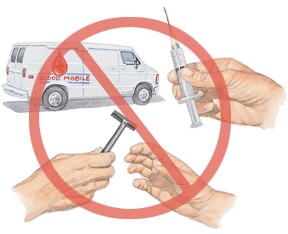
Hepatitis B virus, previously known as "serum hepatitis," is contracted by exposure to contaminated blood or blood products, or through sexual contact. It is not transmitted through casual contact, and the risk of occupational exposure in the health care setting is higher than that of HIV. In other words, a health care worker has a higher chance of being exposed to HBV than HIV. The range for exposure from a needle stick is 6-30%; higher than HIV infection in similar situations. This is in part due to the concentration of the HBV in the blood.
Flu-like symptoms, including fatigue and mild fever may present; along with gastrointestinal symptoms such as vomiting, abdominal pain and diarrhea. Other symptoms can include muscle and joint aches; jaundice may also present. A severe infection can be fatal. Chronic hepatitis may result and lead to cirrhosis, liver cancer, or death in those chronic HBV carriers. HBV carriers continue to be communicable to others.
There is an effective vaccine to prevent hepatitis B infections. Any employee identified to be at risk of exposure under the Bloodborne Pathogens Standard must have the vaccine available at no cost.
If you have any questions at any time regarding the information presented in this tutorial, please contact David Sullivan at 910-916-0688.
(Eisenberg, R.L. & Johnson, N.M. (2012).Comprehensive radiographic pathology (5th Ed). St. Louis, Mo: Mosby Elsevier.)
(North Carolina Department of Labor (2010). A guide to bloodborne pathogens in the workplace.)
.jpg)
Hepatitis C virus, formally known as "non-A, non-B hepatitis," is the common cause of chronic hepatitis, cirrhosis, and hepatocellular carcinoma. It is also "the most common chronic bloodborne infection in the United States"2 and contracted by blood or blood products or sexual contact. Forty percent of cases are of an unknown source found in the general population.
Of the documented cases of HCV, 80% of patients do not exhibit any signs or symptoms. Those infected with HCV are infectious to others. Chronic liver disease or other HCV-related chronic diseases can develop during the first two or more decades following initial infection for hepatitis C virus carriers.
There is no vaccine currently that prevents the spread of HCV infection.
Now test your knowledge! You do not need a minimum score for any of the "Practice Time" Activities. These are to help review the material covered thus far!
Practice Time!
If you have any questions at any time regarding the information presented in this tutorial, please contact David Sullivan at 910-916-0688.
1(Eisenberg, R.L. & Johnson, N.M. (2012).Comprehensive radiographic pathology (5th Ed). St. Louis, Mo: Mosby Elsevier.)
2(North Carolina Department of Labor (2010). A guide to bloodborne pathogens in the workplace.)
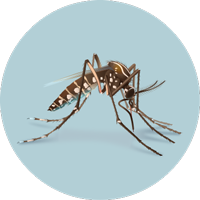
The Zika virus can be spread through mosquito bites, sex, blood transfusion and to a fetus from the pregnant mother. Some people do not have symptoms at all or the symptoms are mild. They are often ordinary and typically are: fever, rash, joint paint, and conjunctivitis. Muscle pain and headache can also present. They can last several days to a week. Often, due to their lack of severity, an infected person does not seek medical attention, and does not know they are infected.
During pregnancy, a Zika infection can cause microcephaly, significantly smaller head, and other severe fetal brain defects. Other fetal and infant defects presented as a result of an infection prior to birth are: eye defects, hearing deficiencies, and moderated growth. Guillain-Barré syndrome, a disorder of the immune system, has also appeared in areas impacted by Zika.
There is no vaccine for the Zika virus. The best methods of prevention include deterrence from mosquito bites including wearing long-sleeved shirts and long pants. Clothing and other gear that have been treated with permethin are good precautions to prevent mosquito bites. You can treat clothing or buy it already pre-treated.
Insect repellent is also a good deterrent. Per the Centers for Disease Control and Prevention (CDC), they recommend use of an Environmental Protection Agency registered insect repellent that contain one of the following ingredients: DEET, picaridin, IR3535, or oil of lemon eucalyptus or para-menthane-diol. These products have proven safe and effective for pregnant and breastfeeding women, but should not be used on babies less than 2 months old. Do not use oil of lemon eucalyptus or para-methane-diol on children younger than 3 years old.
Condoms and other barriers can prevent the transmission of the Zika virus through any form of sexual contact. Not having sex is another method of prevention from the Zika virus infection.
A blood or urine test can confirm a diagnosis of Zika infection. The symptoms of Zika often resemble dengue and chikungunya, which are both viruses spread by the same species of mosquito. Thus, it is important to seek medical attention if you have these symptoms and have traveled to areas affected by the Zika virus. A diagnosis of Zika or other similar viruses is contingent upon recent travel history, symptoms and the test results.
The Zika virus does not have a specific medicine or vaccination. Symptoms are to be treated, such as taking acetaminophen, but avoiding non-steroidal anti-inflammatory drugs (NSAIDS) until dengue can be eliminated as a diagnosis to reduce the risk of bleeding. Other treatments include plenty of rest, and drinking fluids to prevent dehydration.
For more information please visit the CDC website dedicated to the Zika Virus. There are multiple printable .pdf files for display and review as well. There are multiple links to locate the various areas affected by Zika if you are thinking of or have recently traveled. Here is the homepage link for affected areas.
If you have any questions at any time regarding the information presented in this tutorial, please contact David Sullivan at 910-916-0688.
Centers for Disease Control and Prevention (2016). Zika Virus.

Ebola is a rare and fatal disease that affects humans and nonhuman primates, such as monkeys, gorillas, and chimpanzees. It arises from one of five different strains, of which four can cause illness in humans. The initial exposure comes from an animal that passes to a human that can potentially infect other humans through direct contact. Outbreaks have occured in various parts of Africa.
The Ebola virus is spread through direct contact with an infected person, alive or whom has died, via blood or bodily fluids. It can also be spread by contaminated objects such as needles or syringes. Transmission occurs through broken skin or mucous membranes in the eyes, nose or mouth. This also includes the semen of a recovered man from EVD through any form of sexual contact. Direct contact with an infected bat or nonhuman primate are also means of infection.
The Ebola virus cannot spread to other people from an asymptomatic person. It is not commonly spread by food, but can come from the handling and consumption of contaminated bushmeat of an infected animal.
The Ebola virus can remain in the specific bodily fluids of survivors after recovery- breast milk, eye fluid, spinal, and semen. The determination of how long the virus remains in these fluids is currently being reviewed by scientists.
Some pets and livestock have contracted EVD in areas that the virus has been observed; yet the animals do not demonstrate illness or potential transmission to humans. Conversely, exotic pets, such as monkeys, pigs or apes, have a higher risk of infection and transmission to humans.
After virus contact, symptoms may present between 2-21 days, and the average is 8-10 days. The symptoms are similar to other several illnesses, such as the flu, and include: diarrhea, fatigue, severe headache, fever, muscle pain, weakness, stomach pain, unexplained bleeding or bruising, and vomiting.
Treatment of EVD coinicides with the appearance of symptoms. Chances of survival are greatly improved when early,simple interventions are used. This includes providing fluids and electrolytes; treating other infections as they arise, oxygen therapy when needed, blood pressure regulation with medicine as needed, reduction of voming and diarrhea, fever and pain management.
Antiviral drugs that are being created will prevent the virus from self-replication. Currently, the U.S. Food and Drug Administration has not issued any licenses for an Ebola antiviral drug.
Recovery is dependent on the response of the patient's immune system, and good supportive care. Antibodies can remain for 10 years or longer in those who recover . It is unsure if immunity is permanent, or if a person can be susceptible to a different strain of Ebola later.
For more information please visit the CDC website dedicated to Ebola (Ebola Virus Disease) There are multiple printable .pdf files for display and review as well. There are alos outbreak related links on the website.
If you have any questions at any time regarding the information presented in this tutorial, please contact David Sullivan at 910-916-0688.
Centers for Disease Control and Prevention (2014-2018). Ebola (ebola virus disease).

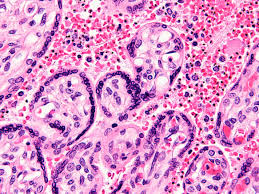
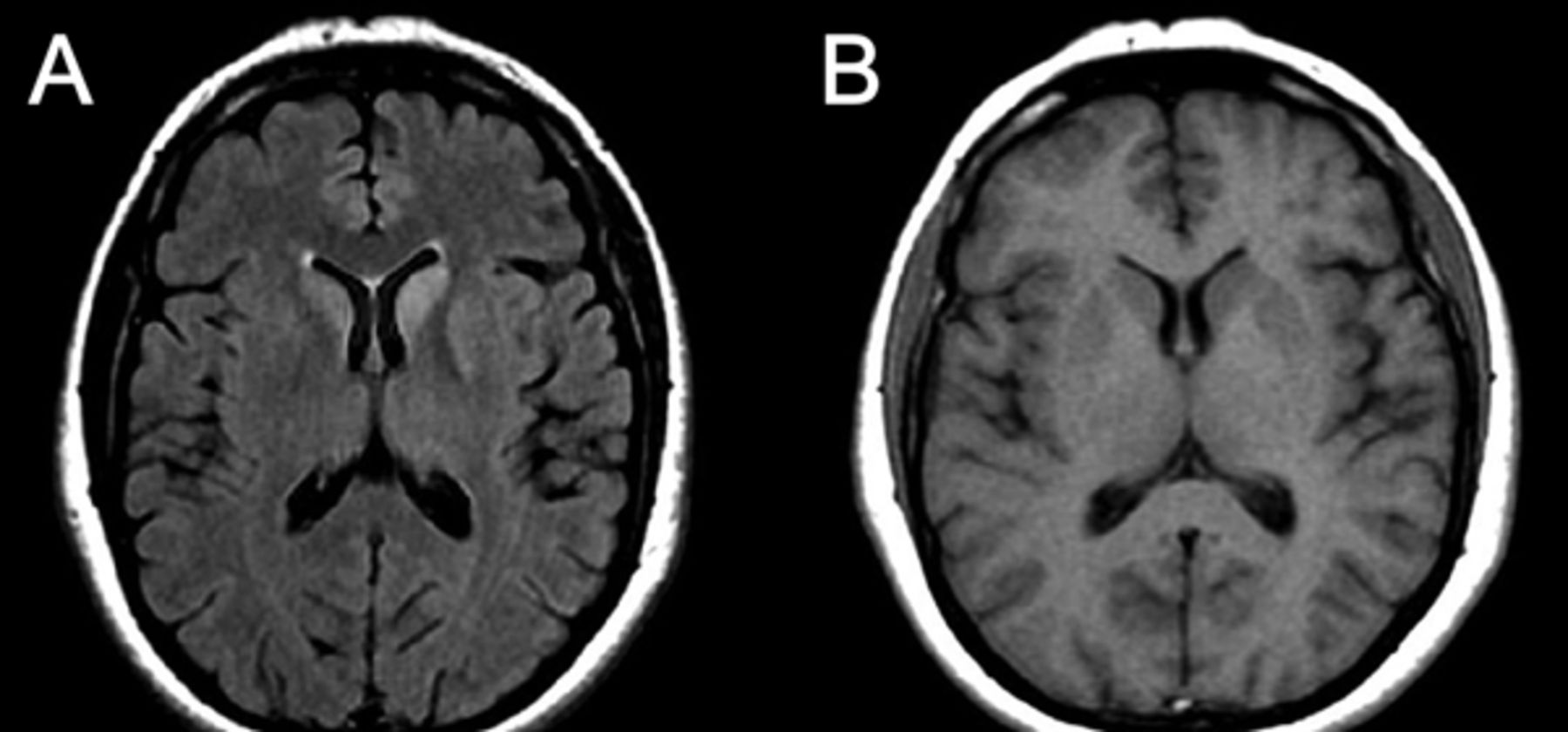
The North Carolina Department of Labor recognized other bloodborne pathogens that share the same characteristic in which the virus or bacteria remains in the blood for an extended period of times. These contagious diseases have the potential of being transmitted through blood or other infectious materials. Most of the following are rare in the United States, with the exception of syphilis and malaria.
Other pathogens identified in the standard:
Potential occupational exposure to these bloodborne pathogens should be reduced by adhering to the requirements of the standard.
If you have any questions at any time regarding the information presented in this tutorial, please contact David Sullivan at 910-916-0688.
(North Carolina Department of Labor (2010). A guide to bloodborne pathogens in the workplace.)
Due to an increase in the risk of being exposed occupationally to hepatitis B, human immunodeficiency virus (HIV) and related Acquired Immunodeficiency Syndrome (AIDS), which can cause serious and life-threatening illness, in late 1991,the federal government developed a new standard that requires employers with employees at risk of potentially being exposed to blood and human body fluids.
Due to their mode of transmission, healthcare workers are more susceptible to HBV and HCV risk of exposure. The use of Standard Precautions will reduce this risk. Standard Precautions include proper hand washing, using gloves, and handling all body fluids as if they are contaminated.
If you have any questions at any time regarding the information presented in this tutorial, please contact David Sullivan at 910-916-0688.
(North Carolina Department of Labor (2010). A guide to bloodborne pathogens in the workplace.)

If you have any questions at any time regarding the information presented in this tutorial, please contact David Sullivan at 910-916-0688.
(North Carolina Department of Labor (2010). A guide to bloodborne pathogens in the workplace.)
At the completion of this course, please make sure to choose both "Email Score", and "Print Certificate". For compliance, please include your job title. The completed report ("Email Score") is emailed to the OSHA Services coordinator for record keeping, and the printed certificate is for your personal records.
Please go to the next module, "Unit 2-Methods Of Compliance".